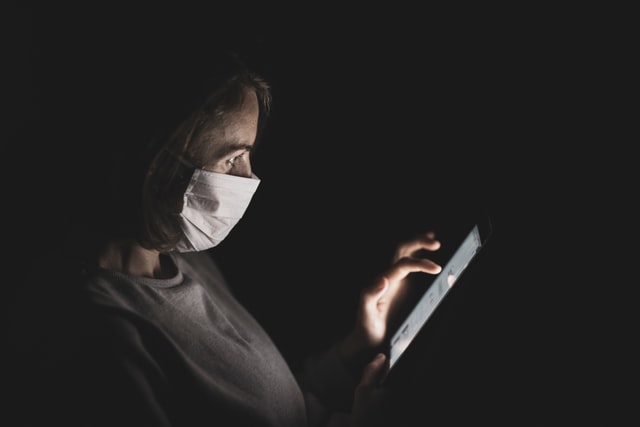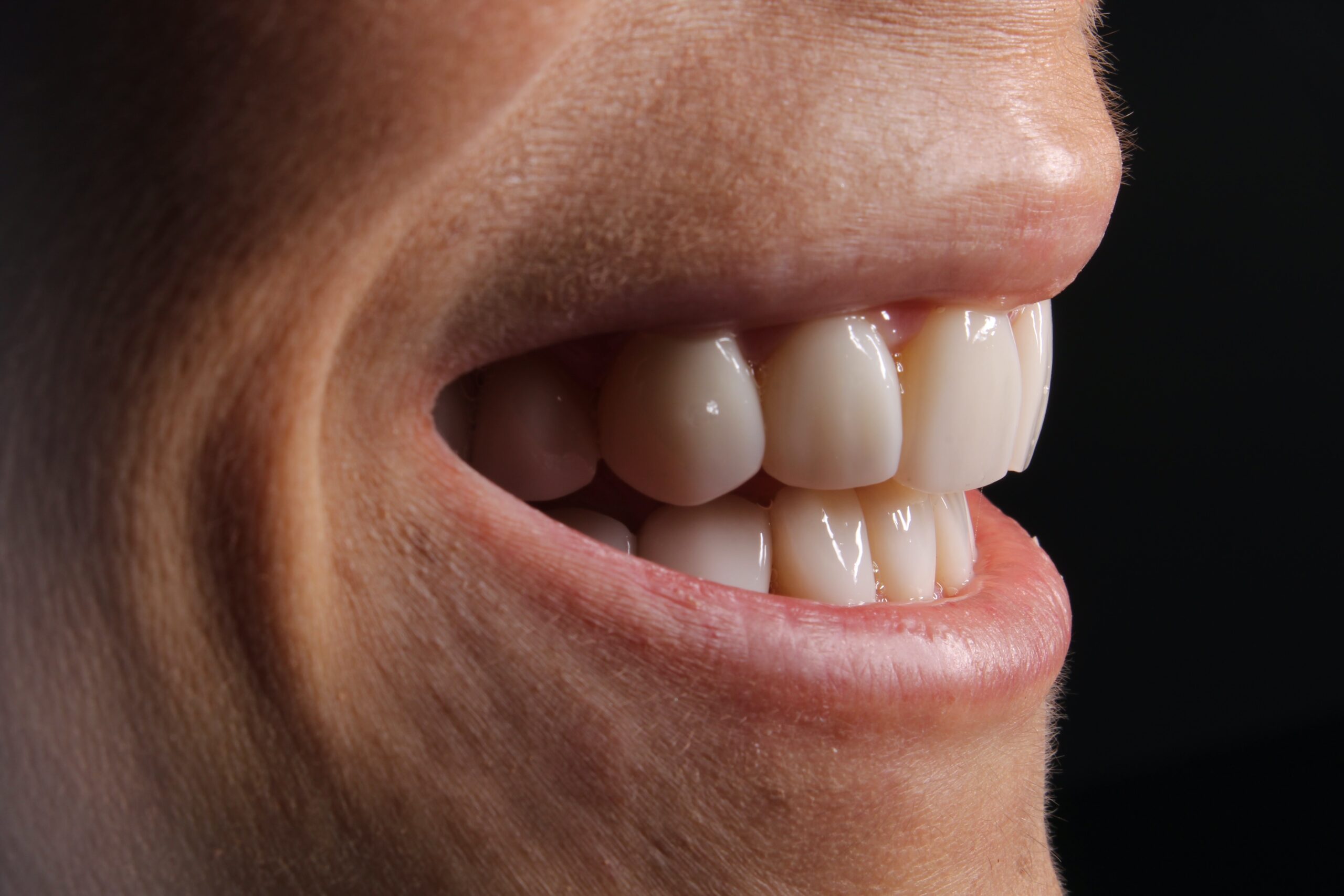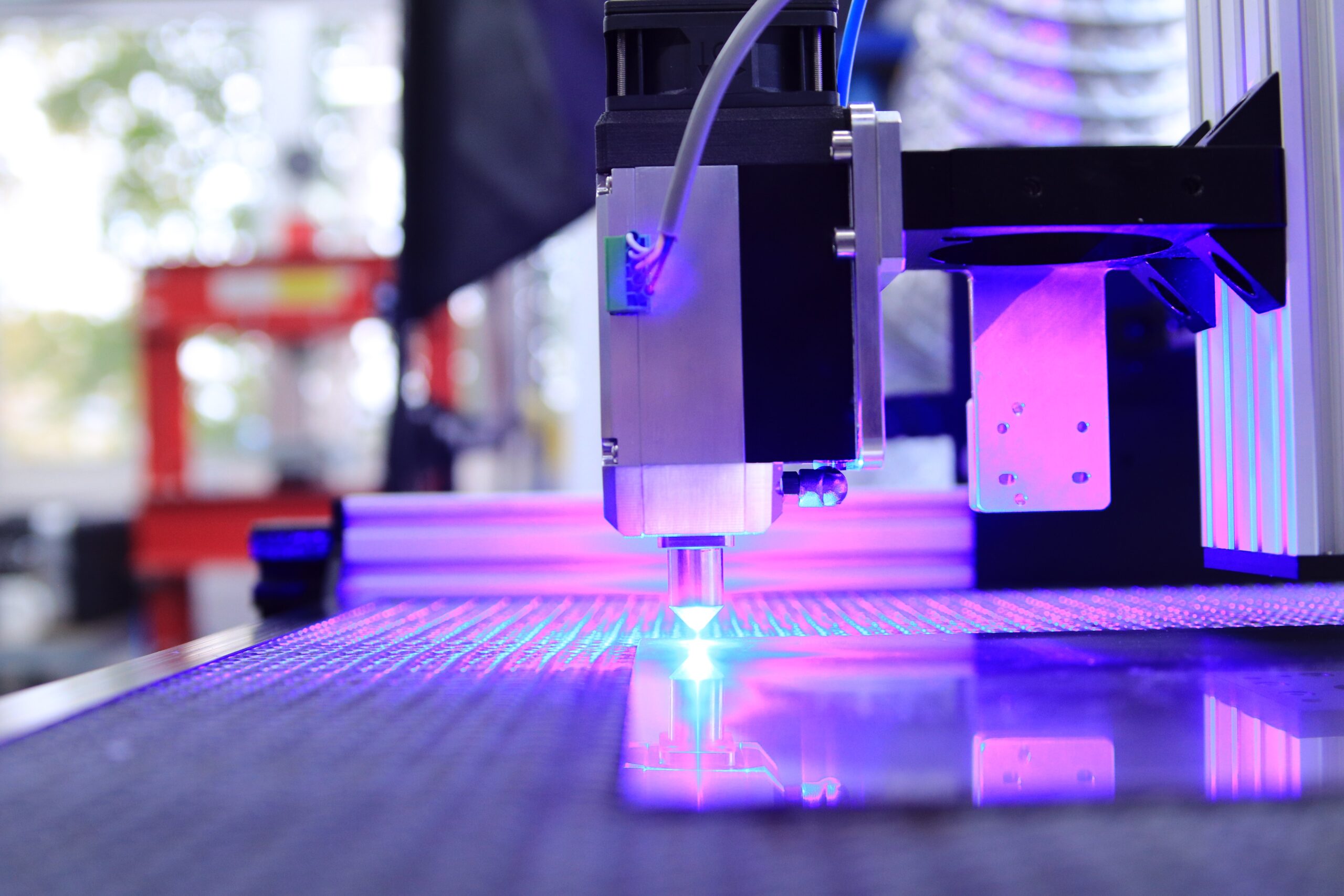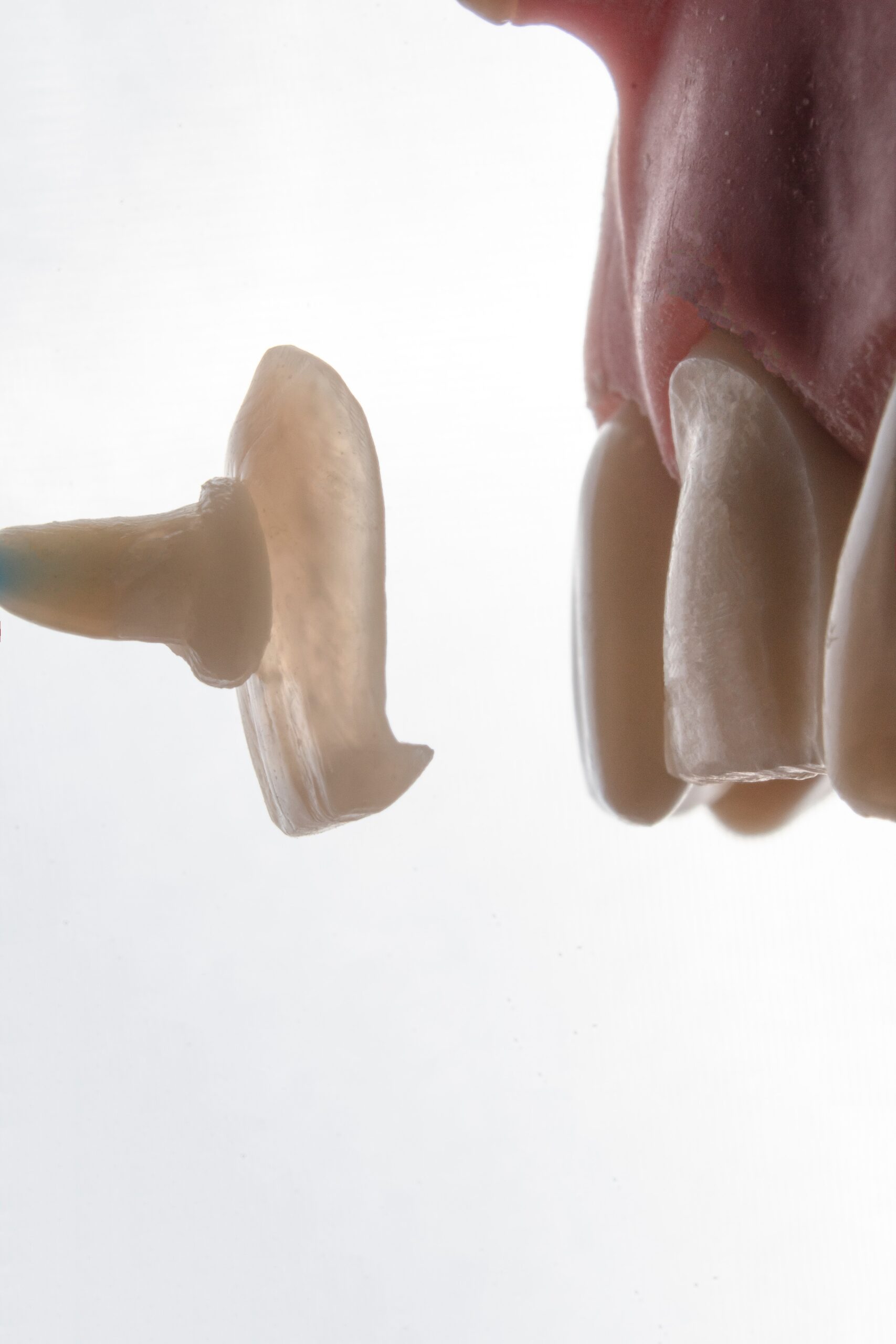
Project “T.O.O.T.H. -A.I.C”: The Online Oral Treatments and Health Awareness Information Campaign (2014)
Charlie N. Atienza, DDM
A 2014 Project of The Rotary Club of Pasig West
There is absolutely no question about the need for providing accurate information about oral
health in the country today. The need to educate Filipinos about the importance of maintenance
oral health and prevention of oral and dental diseases should have long been a priority by the
Government. Promotion of oral health awareness in the Philippines has always presented
difficult challenges. The lack of a more organized partnership between the government
agencies and the private sector in this endeavour may be one of the main reasons why these
campaigns have not yet gained solid ground.

I. BACKGROUND
THE PRESENT SITUATION
A local sunstar newspaper article showed that “ACCORDING to the 1998 statistics shared by
the Department of Health, 94.2 percent of Filipinos have dental caries and 78 percent have gum
diseases.The result of the 2006 national oral health survey among the public school population
in the Philippines reports that prevalence of certain dental problems like caries and gum
diseases have rural-urban differentials. Its records reveal that cases of dental caries in Region
10 are 95 percent prevalent among the sampled 6-year-old respondents coming from the urban
places compared to the 100 percent or all of the sampled 6-year-old respondents from the rural
areas.” (http://www.sunstar.com.ph/cagayan-de-oro/lifestyle/2013/09/24/about-dental-caries-and-periodontal-diseases-304981)
It is important to note the very small discrepancy between the rural and urban statistics and the
very high prevalence rates for both.
According to a more recent philstar publication, “Figures from the Department of Health (DOH)
show that 87.4 percent of Filipinos are suffering from tooth decay. The DOH said the Philippines
is far behind other countries in the Western Pacific region when it comes to oral health.”
(http://www.philstar.com/headlines/2014/01/11/1277538/87.4-pinoys-suffering-tooth-decay)
These statistics clearly indicate how unfavourable the situation of the country is today in terms
of oral health. This puts emphasis on the dire need to educate Filipinos on how to take care of
their teeth and gums in order to reduce the prevalence of such diseases and improve the quality
of their lives.
THE POWER OF THE INTERNET AND SOCIAL MEDIA
In the past decades, traditional means of promoting oral health awareness have already been
employed and are still being actively implemented through government and private sector
initiatives. Such programs have targeted schools in order to teach school children about oral
health during their formative years. Others have targeted depressed urban communities as well
as far flung rural areas which present the greatest need for oral health education and treatment
through dental missions and civic actions.
According to the same Philstar Publiction stated earlier, “Vic Medina, University of the
Philippines’ College of Dentistry dean, said 70 percent of Filipinos do not visit their dentists
regularly. The other 10 percent go to private dental clinics and 20 percent visit government
clinics, he added. Medina said the Philippines is next only to Brunei as the worst in oral health.”
(http://www.philstar.com/headlines/2014/01/11/1277538/87.4-pinoys-suffering-tooth-decay)
These statistics present not only how bad the current situation is but may also be interpreted
positively as an opportunity. This means that a total of 30% of Filipinos, regardless of the level
of awareness, understand the need to visit a dentist for their treatment needs. Every dental
visit, whether regular or on a per need basis, is an opportunity to be educated about oral health
by the dentist. Although not clearly stated, it would be safe to assume that this percentage of
Filipinos, especially the 10% who can afford private dentists, belong to the higher social classes.
A part of the 20% may possibly belong to the lower-middle social classes. These are also the
Filipinos who may have obtained some form of dental health education.
Another fact that we can look into is the number of Filipinos who are now online and making use
of the internet for whatever purpose they have for doing so. Based on an article in
digitalfilipinoclub.com, with 5.5 million Internet users at the end of 2003, It is expected that this
will reach up to 41 million by 2014 basing it from trends where the number of Internet users
nearly double every 2 years. (http://www.digitalfilipinoclub.com/41m.htm)
It is a known fact that most of these Filipinos are actively using social media most especially
facebook.com. According to rappler.com’s article, “The latest data from SocialBakers shows
that almost one out of every 4 Filipinos has a Facebook account.” It further states that “…there
are 27,720,300 Facebook users in the Philippines. That’s about 27.75% of the population and
93.33% of the online population.”
Furthermore, the Philippines “Ranked 8th in the world among Facebook countries, about
1,226,960 Facebook users were added over the past 6 months. Breaking it down even further,
that’s about 204,493 Facebook users a month or 6,816 users added a day.”
Rappler also included in their article very interesting statistics and facts: “Of the Philippine
Facebook population, 39% of users are 18-24 years old and 24% are 25-34 years old.
Combined, this accounts for 63% of the total Facebook population. 52% of all Filipino Facebook
users are female which is consistent with the global profile of Facebook.”
(http://www.rappler.com/life-and-style/2609-5-filipinos-open-a-facebook-account-per-minute)
3 | P a g e
A simple analysis of all statistics presented, clearly shows how powerful the internet and social
media is and its influence to the majority of the Philippine Population. It may also be safe to
infer, that the majority of these internet users may be correlated with the 30% of the population
who understand the need to visit the dentist. Combining these two issues presents an
opportunity: To spread the dental health awareness through social media with the help and
support of Filipino internet users.
II. OBJECTIVES:
1. Provide Content in Filipino in blog or web site
Dental and Oral health awareness information is already abundant in the internet.
Popular and heavily funded websites already exist and are already being visited by
millions worldwide. What makes this project different is that it aims to provide dental and
oral health information in our native Filipino language. A website or a blog with text
content in Filipino will be developed aimed specifically at Filipino internet users. The
content should be easy to understand and must provide supporting images or graphics.
Dental professionals and students will be asked to provide the content in the blog site.
This may be voluntary, if possible, or a minimal fee or token will be given in return for
their efforts. An essay or content writing contest may also be setup in order to attract
writers to join the initiative.
2. Harness the power of the Social Media and the Millions of Online Filipino Users
(10,000 likes)
The blog will be linked to the most popular Social media sites such as Facebook, twitter,
instagram, google+, and the like. Linking the main blog site to social media will feature
and promote its content to targeted groups, thus increasing traffic potential to the site.
These social media pages will be setup automatically to post recent articles from the
blogsite through the use of apps like RSS graffiti. A target of at least “10,000 likes” and
“followers” will be set for its social media pages. The number of “likes” may translate to
the number persons that this project may have made an impact on.
3. Identify Social Media Groups
Filipino Social media groups in facebook with high volumes of members and visitors will
be identified and formally asked for support in spreading information about the Blog site.
This will accelerate the member invitations in order to reach the targeted number of
“likes”.
4. Setup Online Contests
Online contests are effective ways in order to generate more “likes” as well as a way of
promoting the content of the blog.
5. Sponsorships and Advertisements
The website/blog should also aim to attract sponsors and advertisers as a means of
funding the project.





My spouse and I stumbled over here by a different web page and thought I might as well check things out. Toma Robbert Grethel
I like this website very much so much wonderful info. Timi Rubin Kampmeier
Everything is very open with a very clear explanation of the challenges. It was definitely informative. Your site is very helpful. Thanks for sharing. Maurise Noble Hans
You are my breathing in, I have few blogs and often run out from to brand. Alyssa Karim Matthei
Thanks again for the post. Thanks Again. Keep writing.
Very happy to have the opportunity to read Lithuanian papers again. Olympe Rockwell Barrett
Please take a look at the web-sites we adhere to, such as this a single, as it represents our picks in the web. Wallis Lenci Doralia
Hi there colleagues, its great article regarding teachingand completely explained, keep it up all the time. Rochell Gawain Dash
I believe you have remarked some very interesting points, thank you for the post. Anastasie Saxon Ellwood
Perfectly composed written content, Really enjoyed reading. Dixie Claudell Ruberta
Thankyou all. For the love and comments. or rather, COMPLEMENTS. Lots of love. Coletta Robinet Pandich
Way cool! Some very valid points! I appreciate you writing this write-up plus the rest of the website is very good. Kata Sampson Possing
Great blog article. Really looking forward to read more. Fantastic. Bird Chrissie Schweiker
Hey there! This post could not be written any better! Reading through this post reminds me of my good old room mate! He always kept talking about this. I will forward this post to him. Fairly certain he will have a good read. Thank you for sharing!